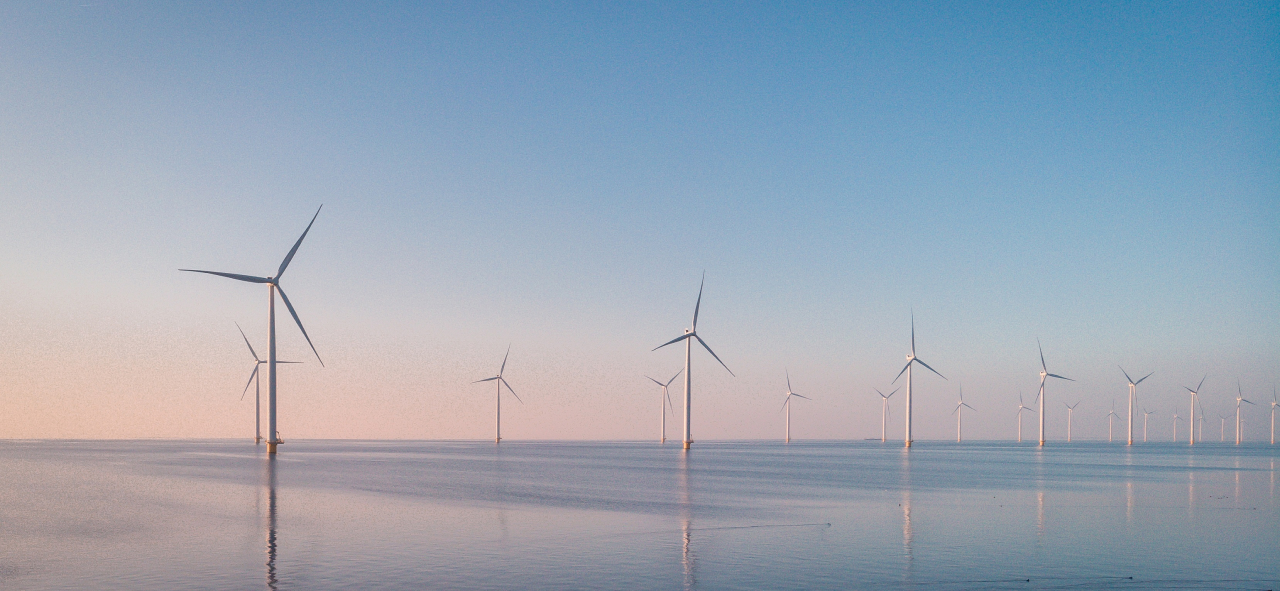
Environment and Social Safeguards Community of Practice Event Report
This event report summarizes the Environment and Social Safeguards Community of Practice (CoP) Seminar on Wind Power Projects: Challenges and Good Practices, co-organized by the Asian Infrastructure Investment Bank (AIIB), MCDF, and the Asian Development Bank (ADB). The report overviews the seminar’s five technical sessions on good practices for managing environmental and social (E&S) risks facing wind power projects in Asia.
The first session section explores wind power’s past, present, and future, presenting the role of renewable energy and wind power in decarbonizing Asian economies. The second session section examines the E&S impacts of wind energy investment on communities, with a particular look at project health and safety.
The third session section addresses the environmental impacts and risks to marine life and biodiversity during the construction and operation of offshore wind farms. It highlights lessons learned from global best practices and reflects on existing safeguard policies and standards.
The fourth session section discusses key impacts and risks related to land acquisition, physical displacement, customary ownership of land occupied by Indigenous Peoples, livelihood restoration of affected people, grievance redress mechanisms, and stakeholder engagement throughout the preparation and operation of wind power projects.
The fifth and final session section shares International Financial Institutions’ insights on managing E&S risks and impacts associated with wind power projects.
The report concludes by describing the key takeaways from the seminar’s technical sessions. They include the importance of learning from existing wind power projects and experiences; stakeholder engagement, especially during the early stages of project development; global offshore wind power experiences and best practices for mitigating E&S impacts; stakeholder engagement and livelihood restoration tailored to each project; and tools for assessing risks to avian fauna and mitigation hierarchy in biodiversity conservation.


